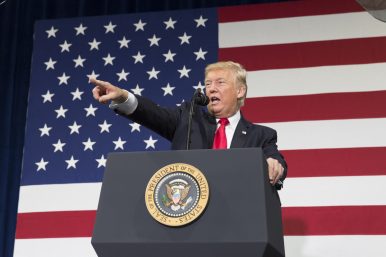Stephen P. Cohen
This chapter was first presented to a MCISS-South Asia seminar in 1992, and revised as a note prepared for the Center for the Study of Foreign Affairs of the Foreign Service Institute, U.S. Department of State. Both were based upon research conducted during the course of a joint U.S.-Russian study of Kashmir and Afghanistan in Nepal, India and Pakistan in March-April, 1992. See Stephen P. Cohen, Sergei Kamenev, Vladimir Moskalenko and Leo Rose, Afghanistan and Kashmir (New York: The Asia Society, and Moscow: The Russian Oriental Institute, 1993). I have made some minor additions in view of a year in residence with the Ford Foundation, New Delhi, 1992-93.
“What standing does Pakistan have in this dispute? What is their legal standing? Pakistan is not a party to the dispute; let’s get our facts right, then we can discuss it!”
— A senior Indian strategist, New Delhi, mid-March, 1992
















/arc-anglerfish-arc2-prod-mco.s3.amazonaws.com/public/5K5JWOF6MNBHXO3T6CIUDJMW3U.jpg)
/arc-anglerfish-arc2-prod-mco.s3.amazonaws.com/public/6NMWEB3JKBGYPOKFCOCZKW2RRI)

/arc-anglerfish-arc2-prod-mco.s3.amazonaws.com/public/6G652R7WPZB3HPH5UIF2IVQSI4.jpg)


/arc-anglerfish-arc2-prod-mco.s3.amazonaws.com/public/C4RURAEKG5D5LGE7BFGANZKJDE.jpg)



